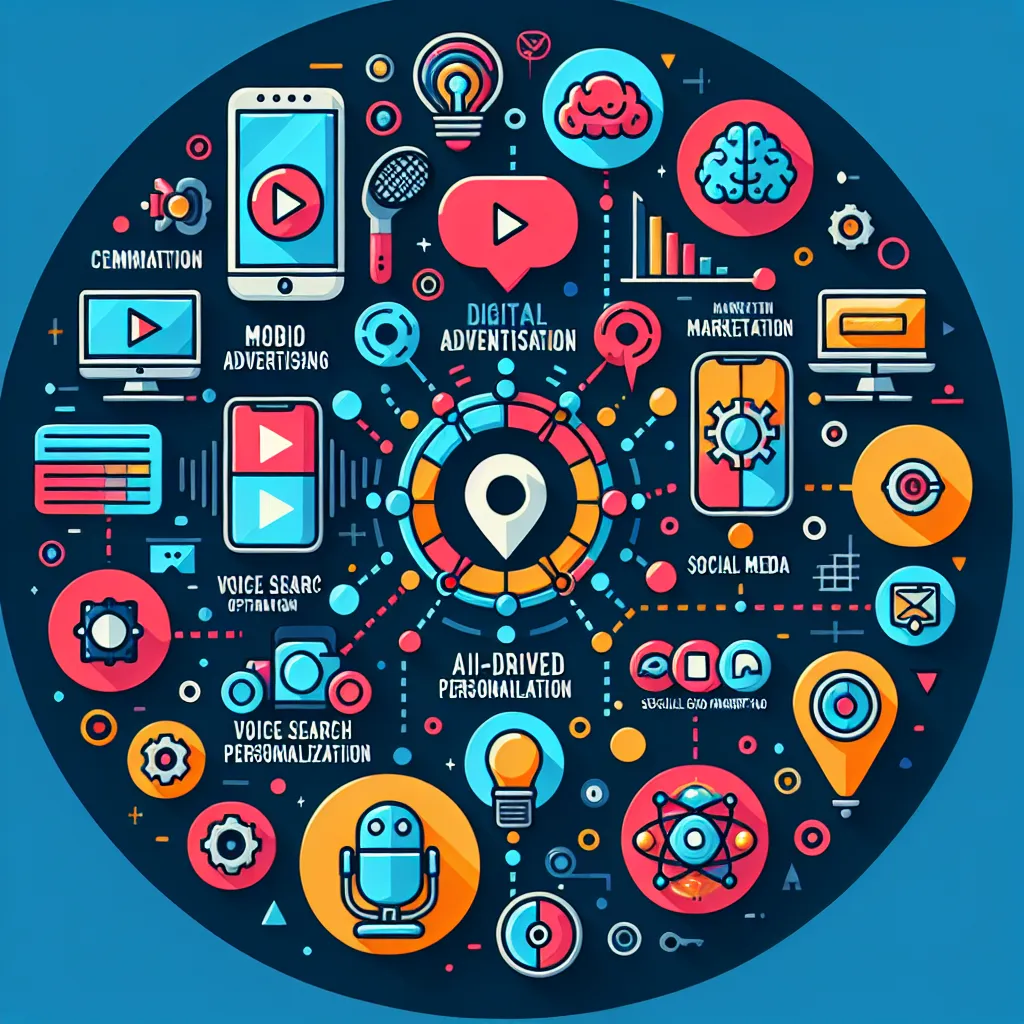The IELTS Reading section is a crucial component of the test, assessing your ability to comprehend complex texts and extract relevant information. Today, we’ll focus on a topic that has become increasingly prevalent in recent years: “The Influence of Social Media on Public Opinion.” This subject has appeared in various forms in past IELTS exams and continues to be relevant due to the ever-growing impact of social media on our daily lives. Given its current significance, there’s a high probability that you may encounter a similar theme in future IELTS Reading tests.
Nội dung bài viết
Let’s dive into a practice exercise that mirrors the format and difficulty level of an actual IELTS Reading passage on this topic.
Reading Passage
The Pervasive Impact of Social Media on Public Opinion
Social media platforms have revolutionized the way information is disseminated and consumed in the modern world. These digital spaces have become powerful tools for shaping public opinion, influencing everything from consumer behavior to political discourse. As more people turn to social media as their primary source of news and information, the potential for these platforms to sway public sentiment has grown exponentially.
One of the most significant ways social media influences public opinion is through the creation of echo chambers. These virtual environments, where users are predominantly exposed to ideas and beliefs that align with their own, can reinforce existing views and polarize opinions. The algorithms that power social media platforms often prioritize content that users are likely to engage with, leading to a feedback loop that can amplify certain perspectives while marginalizing others.
The rapid spread of information on social media platforms, often referred to as “going viral,” can have a profound impact on public opinion. A single post, video, or meme can reach millions of users within hours, shaping perceptions on a massive scale. This viral nature of social media content can be a double-edged sword, as it allows for the quick dissemination of important information but also facilitates the spread of misinformation and fake news.
Influencers and celebrities on social media platforms wield considerable power in shaping public opinion. Their large follower bases and perceived authenticity make them powerful conduits for spreading ideas and promoting products or causes. Companies and political organizations have recognized this influence, often partnering with social media personalities to sway public sentiment in their favor.
The role of social media in political discourse has become increasingly prominent in recent years. Election campaigns now heavily rely on social media strategies to reach voters and shape public opinion. The ability to micro-target specific demographics with tailored messages has revolutionized political advertising, allowing campaigns to influence key voter groups with unprecedented precision.
However, the influence of social media on public opinion is not without controversy. Concerns about privacy, data manipulation, and the spread of misinformation have led to calls for greater regulation of these platforms. The Cambridge Analytica scandal, which involved the harvesting of personal data from millions of Facebook users for political purposes, highlighted the potential for social media to be used as a tool for mass manipulation of public opinion.
In response to these concerns, social media companies have implemented various measures to combat misinformation and promote transparency. Fact-checking initiatives, content moderation policies, and labeling of political advertisements are some of the steps taken to address these issues. However, striking a balance between free speech and responsible content moderation remains a significant challenge.
As social media continues to evolve, its influence on public opinion is likely to grow even further. The emergence of new technologies, such as virtual and augmented reality, may create even more immersive and persuasive social media experiences. Understanding and navigating the complex relationship between social media and public opinion will be crucial for individuals, organizations, and societies in the years to come.
 Social media influence on public opinion
Social media influence on public opinion
Questions
True/False/Not Given
Do the following statements agree with the information given in the Reading Passage? Write
TRUE if the statement agrees with the information
FALSE if the statement contradicts the information
NOT GIVEN if there is no information on this
- Social media has become the primary source of news for most people.
- Echo chambers on social media platforms can lead to more diverse opinions.
- The viral nature of social media content always has a positive impact on information dissemination.
- Influencers on social media have more impact on public opinion than traditional celebrities.
- Political campaigns use social media to target specific voter demographics.
- The Cambridge Analytica scandal involved data from Twitter users.
- Social media companies have completely solved the problem of misinformation on their platforms.
Multiple Choice
Choose the correct letter, A, B, C, or D.
-
According to the passage, social media algorithms often:
A) Expose users to diverse viewpoints
B) Prioritize content users are likely to engage with
C) Randomly select content to display
D) Focus on presenting factual information -
The term “going viral” in the context of social media refers to:
A) The spread of computer viruses
B) Health-related content
C) Rapid dissemination of information
D) Popularity among older users -
The passage suggests that the influence of social media on public opinion is:
A) Largely positive
B) Entirely negative
C) Complex and multifaceted
D) Limited to younger generations
Matching Headings
Match the following headings to the paragraphs in the passage. Write the correct number (i-x) next to the paragraph number.
List of Headings:
i. The power of social media influencers
ii. Regulating social media platforms
iii. The creation of echo chambers
iv. The future of social media influence
v. Viral content and its impact
vi. Social media’s role in political campaigns
vii. The revolution of information dissemination
viii. Concerns and controversies surrounding social media influence
ix. Measures to combat misinformation
x. The emergence of new social media technologies
- Paragraph 2: __
- Paragraph 3: __
- Paragraph 4: __
- Paragraph 5: __
- Paragraph 8: __
Answer Key and Explanations
-
NOT GIVEN – The passage states that more people turn to social media as their primary source, but doesn’t claim it’s most people.
-
FALSE – The passage states that echo chambers can reinforce existing views and polarize opinions, not diversify them.
-
FALSE – The passage mentions it’s a “double-edged sword,” indicating both positive and negative impacts.
-
NOT GIVEN – The passage doesn’t compare the impact of social media influencers to traditional celebrities.
-
TRUE – The passage states that political campaigns use micro-targeting on social media to reach specific voter demographics.
-
FALSE – The passage specifically mentions that the Cambridge Analytica scandal involved Facebook users, not Twitter.
-
FALSE – The passage indicates that combating misinformation remains a significant challenge.
-
B – The passage states that algorithms “often prioritize content that users are likely to engage with.”
-
C – The passage defines “going viral” as the rapid spread of information, reaching millions within hours.
-
C – The passage presents both positive and negative aspects of social media influence, suggesting a complex relationship.
-
iii – This paragraph discusses the creation of echo chambers on social media.
-
v – This paragraph explains the concept of content “going viral” and its impact.
-
i – This paragraph focuses on the influence of social media personalities and influencers.
-
vi – This paragraph discusses the role of social media in political campaigns and elections.
-
iv – This final paragraph discusses the future of social media influence and emerging technologies.
Common Mistakes to Avoid
- Overlooking key words: Pay attention to qualifiers like “always,” “never,” or “most” in True/False/Not Given questions.
- Making assumptions: Stick to the information provided in the passage and avoid drawing conclusions based on personal knowledge.
- Misinterpreting synonyms: Recognize that the passage may use different words to express the same idea as in the questions.
- Rushing through the text: Take time to understand the overall structure and main ideas of the passage before answering questions.
Vocabulary
- Pervasive (adjective) – /pəˈveɪsɪv/ – spreading widely throughout an area or group of people
- Disseminated (verb) – /dɪˈsemɪneɪtɪd/ – spread or disperse (something, especially information) widely
- Echo chambers (noun) – /ˈekəʊ ˌtʃeɪmbəz/ – environments where a person encounters only beliefs or opinions that coincide with their own
- Polarize (verb) – /ˈpəʊləraɪz/ – divide or cause to divide into two sharply contrasting groups or sets of opinions or beliefs
- Micro-target (verb) – /ˈmaɪkrəʊ ˌtɑːɡɪt/ – direct products, services, or content to a specific subset of a market
- Misinformation (noun) – /ˌmɪsɪnfəˈmeɪʃn/ – false or inaccurate information, especially that which is deliberately intended to deceive
Grammar Focus
Pay attention to the use of passive voice in academic writing, as seen in this sentence from the passage:
“Concerns about privacy, data manipulation, and the spread of misinformation have led to calls for greater regulation of these platforms.”
This structure (have + past participle) is commonly used to describe actions or events without specifying who performed them, which is often appropriate in formal or academic contexts.
Tips for Success
- Practice time management: Allocate your time wisely between reading the passage and answering questions.
- Skim and scan effectively: Quickly identify main ideas and locate specific information in the text.
- Use context clues: If you encounter unfamiliar words, try to deduce their meaning from the surrounding text.
- Stay focused: Concentrate on the passage content and avoid letting personal opinions influence your answers.
- Review your answers: If time permits, double-check your responses for consistency and accuracy.
By regularly practicing with passages like this one on contemporary topics such as the influence of social media on public opinion, you’ll build the skills and confidence needed to excel in the IELTS Reading section. Remember, understanding complex texts and extracting relevant information are valuable skills that extend beyond the test itself, benefiting you in academic and professional settings.
For more practice on related topics, check out our articles on the impact of social media on modern communication and the influence of social media on consumer behavior. These resources will help you expand your vocabulary and deepen your understanding of how social media shapes various aspects of our society.

